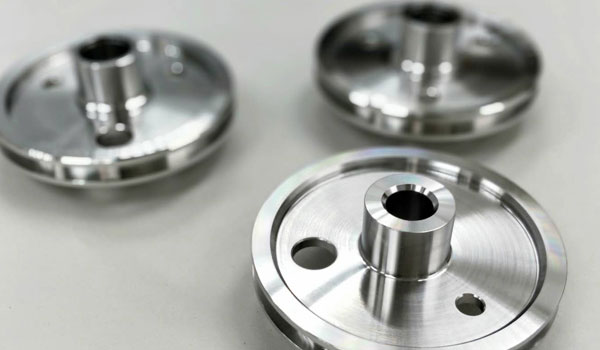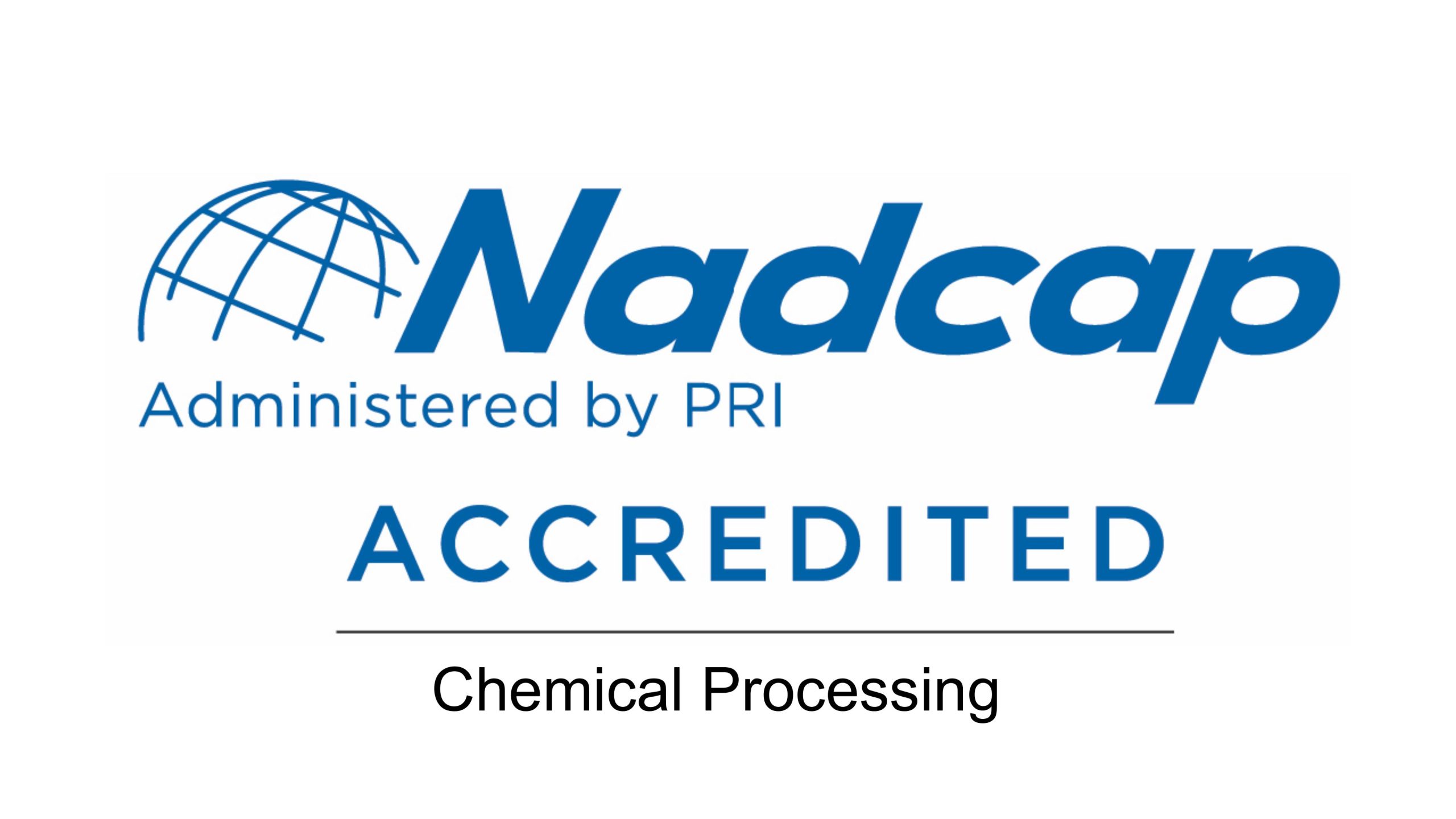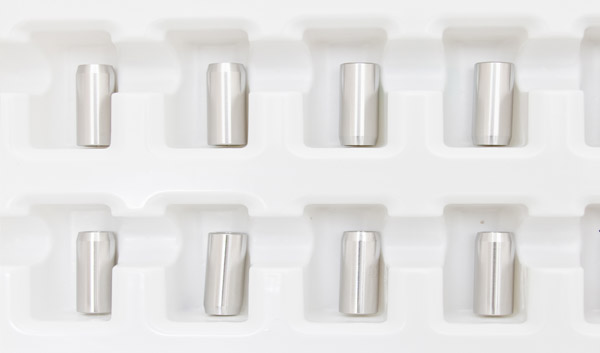
Our plating house offers the Passivation process for customers that wish to further increase the corrosion resistance of stainless-steel components.
The added benefit of performing Passivation stems from the fact it has a secondary function of removing exogenous iron from the surface of the substrate, making it easy to obtain a clean finish.
| Process | Specs | Process Classification | Tank Size (L) x (W) x (H) mm | Locations |
|---|---|---|---|---|
Passivation |
AMS 2700 / ASTM A967 | Method 1 : Passivation in Nitric Acid | 700 x 460 x 1000 | Singapore |
| 1200 x 1000 x 1200 | ||||
| Method 1 : Passivation in Nitric Acid | 700 X 500 X 900 | Penang | ||
| 2200 X 200 X 850 | ||||
| AMS 2700 / ASTM A967 | Method 1 : Passivation in Nitric Acid | 2000 X 500 X 1500 | Kuala Lumpur |
Passivation is a chemical dissolution process to remove exogenous iron or iron compounds from the surface of a stainless-steel substrate, usually by a treatment using an acid solution that will remove the surface contamination but will not significantly affect the stainless steel itself. Also, passivation is the chemical treatment of stainless steel with a mild oxidant, using a nitric acid solution, to enhance the spontaneous formation of the protective passive film.

